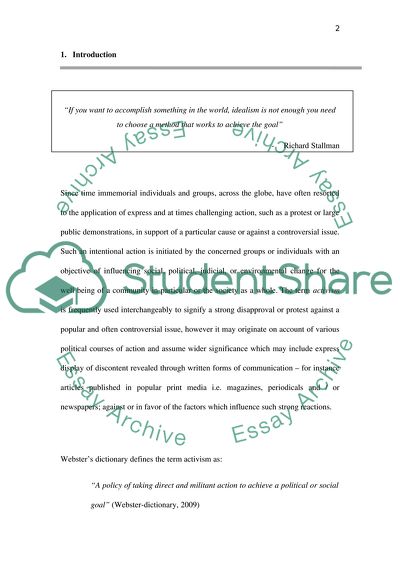Cite this document
(Activists and Artivism Research Paper Example | Topics and Well Written Essays - 3750 words, n.d.)
Activists and Artivism Research Paper Example | Topics and Well Written Essays - 3750 words. Retrieved from https://studentshare.org/social-science/1728619-actvisim-activists-and-artivism
Activists and Artivism Research Paper Example | Topics and Well Written Essays - 3750 words. Retrieved from https://studentshare.org/social-science/1728619-actvisim-activists-and-artivism
(Activists and Artivism Research Paper Example | Topics and Well Written Essays - 3750 Words)
Activists and Artivism Research Paper Example | Topics and Well Written Essays - 3750 Words. https://studentshare.org/social-science/1728619-actvisim-activists-and-artivism.
Activists and Artivism Research Paper Example | Topics and Well Written Essays - 3750 Words. https://studentshare.org/social-science/1728619-actvisim-activists-and-artivism.
“Activists and Artivism Research Paper Example | Topics and Well Written Essays - 3750 Words”, n.d. https://studentshare.org/social-science/1728619-actvisim-activists-and-artivism.


